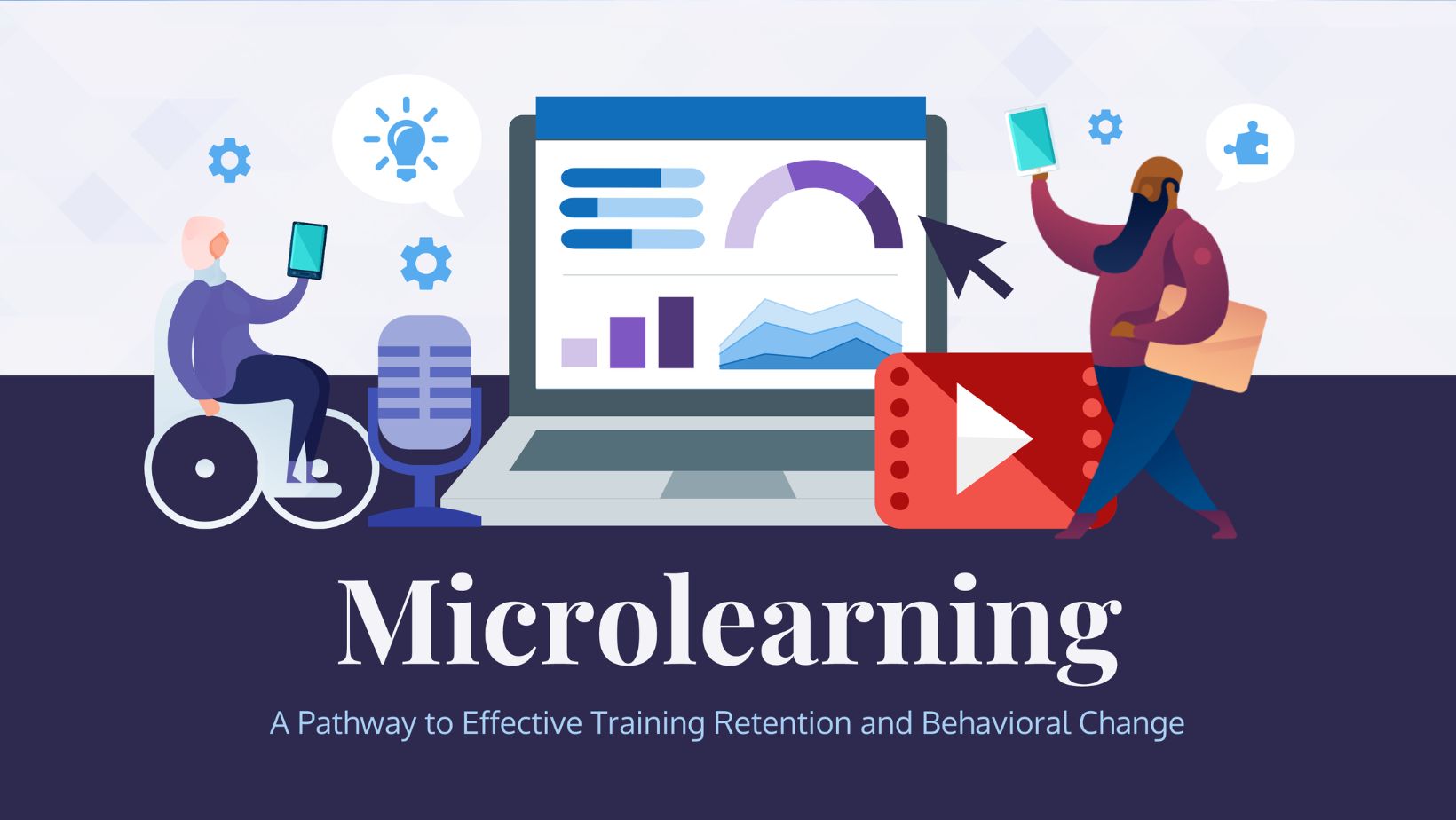
Learning has become more convenient and accessible than ever before. Thanks to advancements, we can now access materials and training courses from anywhere and anytime. One particular innovation that has transformed the learning landscape is the integration of microlearning with Learning Management Systems (LMS).
It is a valuable feature from which millions of people are benefiting. Therefore, now you can easily understand and process lengthy, complex, or necessary information without spending hours.
Want to know more about microlearning? Keep reading!
What Exactly is Microlearning?
Microlearning is an approach that delivers easily digestible chunks of information to learners. It simplifies concepts into pieces, making it easier for learners to understand and remember. Microlearning modules consist of videos, quizzes, infographics, or interactive activities that can be completed in just a few minutes. Due to the increased popularity of microlearning, software companies have made various applications accessible. Thus, you can use the Cornerstone app, Bridge app, Udemy app, Adobe Learning Manager, and many other LMS to boost your learning experience.
Benefits of microlearning
Time-efficient
Microlearning modules are designed to save time by being concise. Learners can complete these modules quickly during breaks. Even while commuting. This flexibility allows for engagement with the material.
Engaging and Interactive
Microlearning modules prioritize interactivity and visual appeal to keep learners engaged. They often incorporate gamification elements, like quizzes or challenges, to motivate learners and make their learning experience enjoyable. This approach enhances knowledge retention.
Improved Retention of Knowledge
Microlearning helps learners retain information better through spaced repetition, reinforcing knowledge through repeated exposure. By delivering pieces of information, learners can reinforce and remember what they have learned more effectively.
Accessibility Across Devices
Microlearning modules are designed to be mobile-friendly. They can be accessed on smartphones, tablets, or laptops. This flexibility allows learners to study on the go, ensuring a learning experience regardless of location or time constraints.
Integrating Microlearning with Learning Management Systems
Learning Management Systems (LMS) refer to software applications that facilitate the administration, tracking, and delivery of courses or training programs. Organizations can create a learning experience for employees or students by integrating microlearning modules with LMS. These systems help businesses onboard and manage employees, stay legally compliant, and do the following.
Centralized Content Management
LMS platforms offer a repository for course materials, making it easy for administrators or instructors to manage and update content as needed. Integrating microlearning modules into the LMS ensures all learners can access the relevant learning materials.Personalized Learning Paths
LMS platforms enable administrators to create learning paths tailored to learners’ needs and goals. By incorporating microlearning modules into the Learning Management System (LMS), learners can go through the material at their own pace and select modules that cater to their needs or interests.
Monitoring and Evaluation
LMS platforms provide features for tracking and evaluating learners’ progress and performance. Integrating microlearning modules into the LMS enables organizations to gather data on learners’ engagement, completion rates, and quiz scores. This data can then be utilized to identify areas where knowledge gaps exist, allowing for interventions or additional resources.
Learning and Collaboration
LMS platforms often include tools that encourage learning and collaboration, such as discussion forums or online chat functionalities. By integrating microlearning modules into the LMS, learners can interact with their peers, seek clarification on concepts, and share their perspectives or experiences related to the covered material. This fosters a sense of community among learners while enhancing the learning experience.
Factors to Consider when Implementing Microlearning with an LMS
While integrating microlearning with an LMS offers numerous advantages, organizations should consider factors to ensure an implementation.
1. It is crucial for organizations to curate or create content that’s concise, relevant, and aligned with their learning objectives to maximize the effectiveness of microlearning modules.
2. It’s important to remember that when implementing microlearning, we shouldn’t compromise the quality or depth of the content.
3. To ensure maximum engagement from learners, organizations should create interactive and visually appealing microlearning modules that capture their interest. Adding gamification elements like rewards or leaderboards can further motivate learners to participate actively in the learning process.
4. Organizations should also ensure that the chosen Learning Management System (LMS) platform is compatible with smartphones and tablets. It will enable learners to access microlearning modules of their preferred devices.

5. Continuous improvement is crucial in microlearning with LMS implementation. Organizations should regularly evaluate its effectiveness by analyzing learner feedback, engagement data, and performance metrics. This feedback can help identify areas for improvement and enhance the learning experience.
Conclusion
In summary, integrating microlearning with Learning Management Systems provides an efficient approach to delivering content. By breaking down concepts into bite modules, learners can engage more frequently with the material, improve knowledge retention, and have the flexibility to learn at their own pace. Embracing microlearning with LMS enables organizations to create an engaging learning experience for employees or students.












